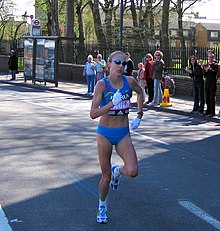'The Plumage League' was formed to protest in 1889, and as they grew they joined up with the Fur and Feather League in Croydon to create the RSPB a decade later. Following their campaigning, in the early 20th century laws were brought in to protect water birds from hunting, and banning the use of plumage in clothing.

The resilience yet softness of beaver fur, used to make beaver felt for a variety of styles of hats which marked one's status, nearly resulted in the animal's extinction by the nineteenth century. The Wellington; the Regent; the Paris Beau; Prince Albert had made top hats fashionable when he began wearing them in 1850; but luckily for the beaver, silk was replacing beaver felt as the fashionable stuff of hats in the early years of the century.
The Jet industry had been revitalised in Whitby around 1800, and its popularity soared after the death of Prince Albert in 1861 when the country was plunged into mourning. There were soon fifty premises in Whitby producing the jet jewellery and other popular items.When I visited the museum in Whitby a few years back, what fascinated me were the chess boards made from jet (black squares obviously) and ammonites. Jet is made from fossilized wood from the Monkey Puzzle Tree (in saline conditions hard jet was formed which is more long-lasting than the soft jet from freshwater). It has been used in the Bronze Age and by the Romans. But in Victoria's reign, the fashion and use of jet declined after 1870, as the court emerged from mourning. However where the court goes, the masses will follow, and mourning jewellry had reached its peak by the second half of the century. Hair art became widespread as a way of keeping a loved one, dead or otherwise, close: locks of hair were woven into a knot design and kept in a brooch, ring, watch fob or necklace .


